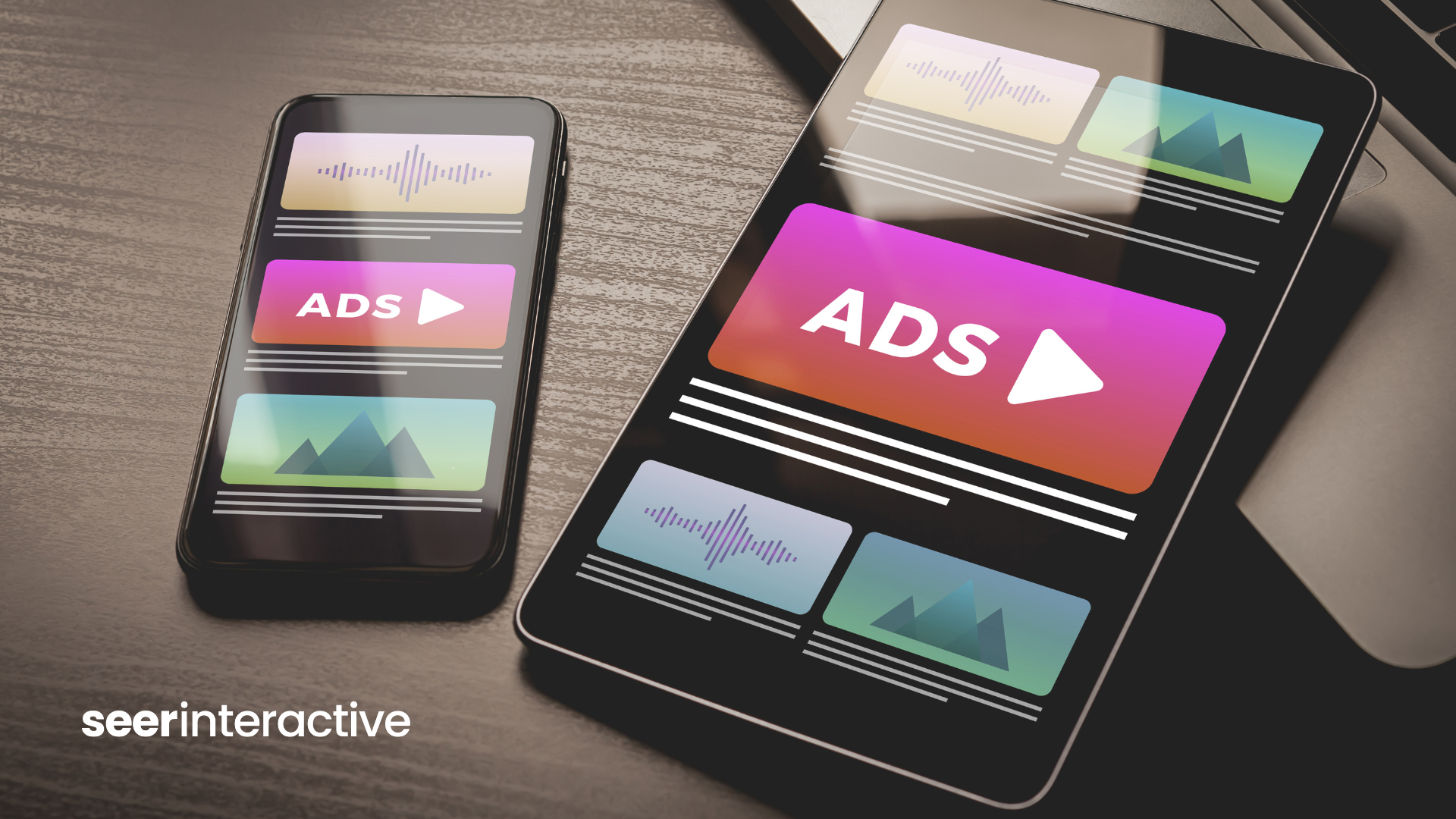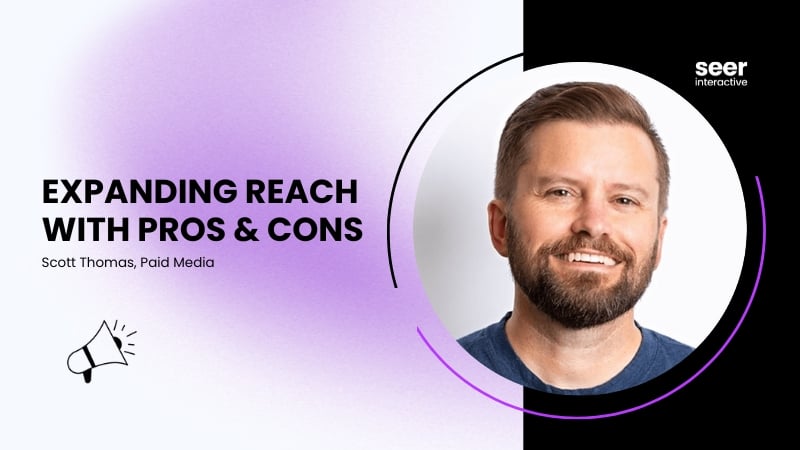What Do Current Marketers Believe about Smart Shopping?
Over the past year, Google’s Smart Shopping format has been a topic of frequent debate among marketers, largely due to its perceived lack of transparency. Some marketers believe we should be avoiding this format to protest the lack of search query and network data provided. Some love the format and praise it as a revenue-driving powerhouse that frees up time for bigger, strategic discussions.
Opinions, biases, conspiracies and frustrations aside, as a data-focused agency we are here to dispel the 3 big myths about Smart Shopping:
- Myth #1: Smart Shopping doesn’t provide any data for optimization.
- Myth #2: It’s impossible to know which network Smart Shopping is using to serve your ads.
- Myth #3: Since Smart Shopping is automated, I might as well set it and forget it.
Myth #1: No Data for Optimization
At first glance, the lack of transparency on search queries throws most marketers for a loop. Since the dawn of Google Ads, search queries have been our guiding light. But, times are changing. We don’t have queries anymore, but there is still so much available in Smart Shopping campaigns.
Here are some examples of where to find valuable data for optimizations:
- Get reporting on device performance and use this to improve your product page performance on specific devices OR tailor your shopping feed content to specific devices.
- Run an Item ID report (Reports>Predefined Reports>Shopping>Item ID Report) to view performance by product. You can use this data to sort products into different campaigns by performance or identify feed optimization opportunities.
- Run an account-level automatic placements report (Reports>Predefined Reports>Display/Video>Automatic Placements (group)) and identify negative placement opportunities, if applicable.
- Exclude product groups from your campaign based on performance.
And, believe it or not, a lot more! Honestly, with all of this on your plate, you can let ol’ Google keep their search queries ;)
Myth #2: No Network Transparency
Unlike traditional Shopping, Smart Shopping Ads appear across Google networks, including the Google Search Network, the Google Display Network, YouTube, and Gmail.
I’ll be honest - you do have to jump through hoops to get network transparency on Smart Shopping, but it does exist in a way that can help you directionally. Here is the process:
- Run an account-level placement report through the Predefined reports>Display/Video>Automatic Placements
- Download this report in your preferred format (.csv recommended for large accounts)
- In your downloaded spreadsheet, Filter the Placement (group) column for all placements that include “Gmail”. These are your Gmail placements
- Filter for Placement (group) contains: youtube and Placement type is: Webpage. This is only one portion of your YouTube placements. To get the remaining YouTube placements, filter for Placement Type = YouTube Channel. We have not seen Placement Type = YouTube video coming through Smart Shopping campaigns, but let us know if you do!
- Placements that do not have YouTube or Gmail are all various GDN placements
- Add the cost of all placements to what is reported in the product groups view and you should arrive somewhere close to your total campaign cost. In our experience, it is usually a bit higher than the actual campaign cost which we attribute to free/refunded fraudulent clicks on one of the networks
Test this on your accounts and let us know your findings!
Myth #3: Since Smart Shopping is automated, I might as well set it and forget it
While Google does a lot of the work for you, you should not take a “set it and forget it” approach to Smart Shopping. Machines are smart, but humans + machines are even smarter.
Here are a few reasons why you should continue to check and optimize your Smart Shopping Campaigns:
- You may be restricting volume with the ROAS target you originally set. After the learning period, check in and adjust tROAS goals to meet efficiency and/or conversion goals. For a better return, set a more aggressive ROAS target. For more impression share and conversions, set a less aggressive ROAS target. Check in every few weeks to make sure this campaign is hitting your goals and adjust return targets appropriately.
- Side Note: Don't know what ROAS is or if you should be using it? Here’s how we use ROAS for our clients.
- Google may be favoring some products and ignoring others. It’s important to ensure that all/most of your products are getting visibility. Run an Item ID report (Reports>Predefined Reports>Shopping>Item ID Report) to view performance by product.
There you have it! Three myths about Smart Shopping uncovered. Now it’s time to start digging in and optimizing your Smart Shopping campaigns. If you have any other questions about Smart Shopping, or PPC in general, reach out to the greater team here at Seer! We offer PPC Efficiency Audits to help marketers make sure they’re Not Guessing and getting the most out of every ad dollar.



